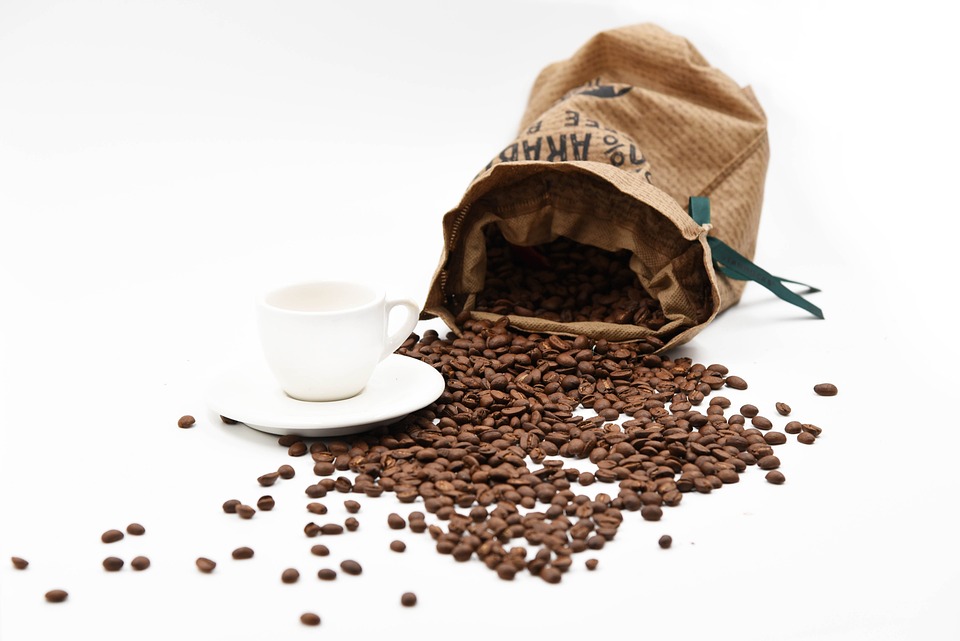Introduction
Indonesia is renowned for its breathtaking landscapes, rich culture, and diverse culinary offerings. Among its many treasures is the coffee produced from the lush hillsides of its islands. Particularly, Indonesian Green Arabica Beans have gained recognition in the global coffee market for their unique flavor profiles and quality. In this article, we will explore what makes these beans special, how they are cultivated, and the various brewing methods that enhance their rich flavors.
The Origins of Indonesian Arabica Coffee
Coffea Arabica is largely regarded as the finest coffee species, known for its complex flavors and sweet aroma. Indigenous to the highlands of Ethiopia, Arabica was introduced to the Indonesian Archipelago by Dutch colonizers in the 17th century. It found an ideal environment for cultivation across various islands, notably in Sumatra, Java, and Sulawesi. The unique microclimates, volcanic soil, and traditional farming methods contribute to the distinctive taste of Indonesian Arabica.
Key Characteristics of Indonesian Green Arabica Beans
Flavor Profile
Indonesian Green Arabica Beans are celebrated for their rich and complex flavor profiles. Enthusiasts often describe their taste as earthy, with hints of chocolate, spices, and even herbal notes. The low acidity makes them approachable to various palates, allowing both casual drinkers and connoisseurs to appreciate their depth. This unique flavor profile is attributed to the diverse growing conditions and processing methods employed in Indonesia.
Processing Techniques
The way coffee is processed after harvesting plays a significant role in flavor development. Indonesian coffees are primarily processed using the wet-hulling method, known locally as “Giling Basah.” This technique involves removing the outer cherry before the beans are fully dried, resulting in a distinctive taste characterized by rich body and earthy notes. The process also yields a lower acidity, which aligns well with the preferences of many coffee drinkers.
Growing Regions of Indonesian Green Arabica Beans
Indonesia’s diverse geography provides an array of growing regions, each contributing unique characteristics to the coffee produced there. Let’s delve into some of these renowned coffee-producing areas:
Sumatra
Sumatra is perhaps the most famous coffee region in Indonesia, known for its bold and robust flavors. Here, the wet-hulling method is widely practiced, which enhances the earthy and chocolaty tones unique to Sumatran coffee. Popular varieties include Mandheling and Lintong, each with its distinctive characteristics.
Java
Java was one of the first islands to cultivate coffee. Coffees from this region are often smooth and balanced, with a pleasant sweetness. The Javanese processing methods focus on restraint, allowing the inherent flavors of the bean to shine through without overwhelming acidity.
Sulawesi
Coffees from Sulawesi (formerly known as Celebes) often possess complex, spicy notes and a syrupy body. The Toraja region is particularly well-known for its high-quality Arabica beans, which benefit from traditional hand-picking methods and varying altitudes that significantly impact their flavor.
Brewing Indonesian Green Arabica Beans
Once you have sourced quality Indonesian Green Arabica Beans, the next step is to brew the perfect cup. Each brewing method can highlight different aspects of the coffee’s flavor profile. Below are some recommended methods:
French Press
The French Press is an excellent choice for brewing Indonesian coffees. The immersion method allows the rich flavors to develop fully and the body to remain intact. To brew, coarsely grind the beans, use a 1:15 coffee-to-water ratio, and steep for about four minutes before pressing.
Pour-Over
Pour-over brewing can accentuate the sweetness and intricate flavors of Indonesian Green Arabica Beans. A medium grind is ideal, accompanied by a slow, circular pour to ensure even extraction. Aim for a brewing time of around three to four minutes for optimal results.
Espresso
Indonesian beans can also shine in espresso beverages. When blended with lighter coffees, their earthy notes can add depth and complexity. A fine grind ensures proper extraction, and a brewing time of 25 to 30 seconds is standard for a rich shot.
Health Benefits of Coffee
Aside from its intriguing flavors and aromatic qualities, coffee, particularly Arabica varieties, offers several health benefits when consumed in moderation. Research has shown that coffee can enhance cognitive function and improve mood, while its high antioxidant content may help reduce the risk of certain diseases.
Conclusion
Indonesian Green Arabica Beans are not just coffee; they are a celebration of the rich agricultural heritage and diverse ecosystems found in Indonesia. Their unique processing methods, combined with the varied terroirs of the islands, result in a coffee that offers something for everyone. By choosing Indonesian beans, you are not only enjoying a delicious cup but also supporting ethical and sustainable farming practices. Whether you prefer the bold notes of Sumatran coffee or the smooth sweetness of Javanese brews, the flavors of Indonesia promise to captivate your senses.
For more insights on Indonesian specialty Arabica, check out this insightful article.
FAQs
1. What is the difference between Arabica and Robusta coffee?
Arabica coffee tends to have a sweeter, more complex flavor profile with higher acidity, whereas Robusta usually has a stronger, more bitter taste and contains higher caffeine levels.
2. How should I store my Indonesian Green Arabica Beans?
To maintain freshness, store your beans in an airtight container in a cool, dark place. Avoid exposure to light, moisture, and heat.
3. Can I brew Indonesian Green Arabica Beans in a regular coffee maker?
Yes, you can brew Indonesian beans in a standard drip coffee maker or a single-serve machine. Just adjust the grind and coffee-to-water ratio according to your preferred taste.
4. What makes Indonesian Green Arabica Beans special?
The unique flavor profile, influenced by the islands’ diverse climates and the wet-hulling process, along with the rich history and culture of coffee cultivation in Indonesia, sets these beans apart.
5. Is Indonesian coffee ethically sourced?
Many Indonesian coffee farms focus on sustainable and ethical practices. However, it’s essential to research and choose brands that prioritize fair trade and environmentally friendly methods.





